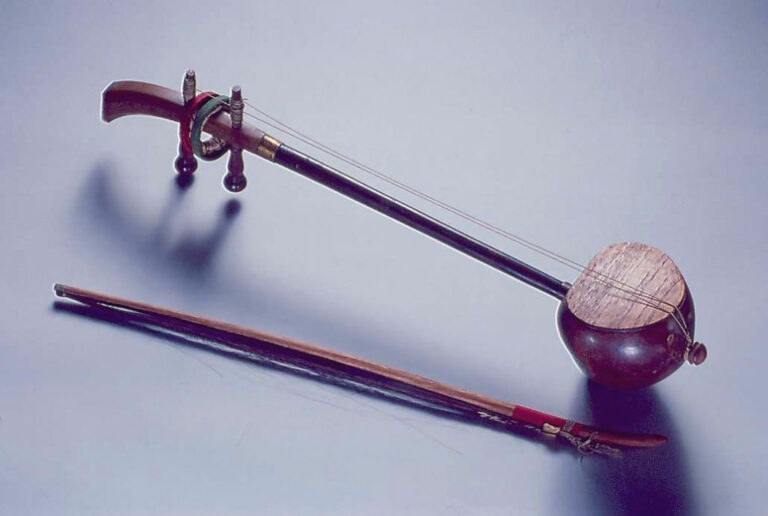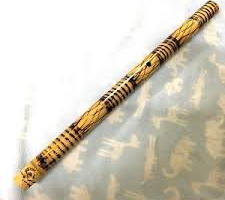
Musical Instrument called a Saw U
ASI is always looking for new ways to teach use culture to celebrate diversity and create a more inclusive classroom environment for our classrooms with immigrant youth.
Many of our students have never had the opportunity to hold a musical instrument before and none of our students had had the chance to learn about our surprises today.
We believe that through learning about traditional instruments from other countries, students learn about the rich legacy the arts have to offer humanity. Besides listening to music from other countries, it is our goal to have students have the opportunity to play musical instruments from other parts of the world.
This week we introduce traditional instruments native to Thailand and the east Asian area. These included the following instruments: the khlui, the chakhe, and the saw u.
The saw u (Thai: ซออู้, Burmese: ဆောဦး, pronounced [sɔː ʔûː], RTGS: so u, also spelled sawou) is a Thai bowed string instrument. It has a lower pitch than the saw duang and is the lowest sounding of the saw family. Similar to the Cambodian tro u, it has a body of coconut shell. Similar to the Chinese spike fiddles, the bow’s hairs are fitted between the instrument’s silk strings. It was introduced to Thailand in the 15th century and was only played for royalty.

Musical Instrument called a Chakhe or Krapeu
The chakhe, or krapeu, is a fretted floor zither or lute with three strings used in Thai and Khmer music. The Thai and the Khmer instruments are virtually identical. It is made of hardwood in a stylized crocodile shape.

Musical Instrument called a Khlui
The Thai Flute called the khlui (Thai: ขลุ่ย, Thai pronunciation: [kʰlùj]) is a vertical ductflute from Thailand originated before or during the Sukhothai period (1238-1583AD) along with many other Thai instruments. It was officially recorded as a Thai instrument by king Trailokkanat (1431-1488), who set the official model of the instruments. It is a reedless instrument, generally made of bamboo, though instruments are also made from hardwood or plastic.
In the traditional Thai system of organology, traditional instruments are classified into four categories, by the action used in playing:
- Plucking (plucked string instruments; เครื่องดีด, khrueang dit)
- Bowing (bowed string instruments; เครื่องสี, khrueang si)
- Striking (percussion instruments and hammered dulcimer; เครื่องตี, khrueang ti)
- Blowing (wind instruments; เครื่องเป่า, khrueang pao)
Step 1 We passed out the instruments and asked the students to guess which countries they came from.
Step 2 We asked students to examine the materials to answer what they were made out of, how the instruments were made, and how to hold/play them. Which was for Plucking, Bowing, Striking, org Blowing?
Step 3 We asked students what instruments we have that are similar in America and to try playing them.
Step 4 We played samples of each of these instruments being played.
Step 5 We asked students to guess which instrument made each song sample and try to play long.
Reflection
This was a wonderful way to celebrate diverse cultures of our classroom, to expose students to the various instruments in the world, and to demonstrate that all cultures make instruments that are similar in some ways yet each make a very special unique sound. Many of our students enjoyed hearing music from their birth countries and were proud to share they too were from Thailand, China and other Asian countries.
All of our students were able to say today that had played a traditional instrument made in another country. They were able to see the similarities of the instruments they played, could compare how they were similar and different and are excited to play more.

